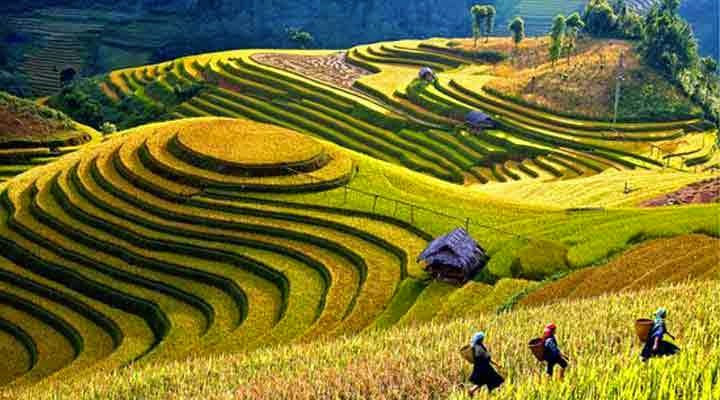Bali’s Unique Agricultural System and Its World Heritage Significance

Bali, the island known for its stunning landscapes and rich cultural heritage, is home to an ancient agricultural system that has existed for centuries named Subak. While traveling through Bali, you might come across lush rice terraces stretching across the island.
These terraces are not only beautiful but also tell a story of a long-standing agricultural system that is crucial to the lives of the Balinese. In this blog, let’s explore it, how it works, and why it has earned its place as a UNESCO World Heritage site.
What is Subak?
Subak is a traditional irrigation system that Balinese farmers use to manage water for their rice fields. The concept is simple, distribute water evenly across the fields to ensure that all farmers receive their fair share.
But It is more than just an irrigation system. It’s a community-driven approach to agriculture. Farmers work together in harmony with nature, culture, and spirituality.
Subak is also deeply tied to the Tri Hita Karana philosophy, which teaches that humans, nature, and the divine must live in balance for a harmonious life.
The Short History
Subak first emerged around the 9th century during the era of ancient Balinese kingdoms. Over the centuries, it spread and became a core part of Bali’s agricultural identity. In 2012, UNESCO recognized it as a World Heritage Cultural Landscape because of its cultural and environmental importance.
Today, more than 1,000 Subak systems exist across Bali, each one managing irrigation for rice fields that sustain the local community. Each of it has an organized structure. A Kelian Subak (Subak leader) oversees agricultural activities and ensures the fair distribution of water.
How Does the System Work?
Subak helps manage the flow of water from rivers and springs to rice fields. This system relies on canals and tunnels, all built by hand using traditional methods. The canals follow the natural contours of the land to ensure that water flows efficiently to every field.
What’s fascinating is that farmers don’t just care for their own fields. They also maintain the irrigation system for the entire Subak community. They collaborate to clear canals, preserve water quality, and protect the environment around the fields.
The Spiritual Philosophy
Subak isn’t only about agriculture. It reflects the spirituality of the Balinese people. Every farmer participates in religious ceremonies, like Melasti and Nyepi, to ask for blessings for a good harvest. This shows how it integrates Balinese Hindu beliefs with agricultural practices.
Water is not just a resource for growing rice. It is a life-giving force for the community. The Subak system emphasizes mutual support, with farmers working together to ensure its sustainability for future generations.
Subak as a Tourist Destination in Bali
If you’re planning to visit Bali, exploring Subak areas is a must. You can enjoy the breathtaking views of the Tegallalang, Jatiluwih, or Sangeh, all of which are part of the UNESCO-listed Subak Cultural Landscape.
You can also meet local farmers who still practice traditional Subak methods. Many tours offer an educational experience where you can learn about the history and workings of this fascinating system.
Final Thought
Subak is a perfect example of how humans can live in harmony with nature. It ensures ecological balance while supporting the community’s agricultural needs. Through this simple yet effective system, the Balinese have maintained rice production for centuries.
UNESCO’s recognition of Subak as a World Heritage site encourages us all to appreciate and protect this invaluable treasure.
If you want to explore Bali , Lovina Dream Trip is here to help. We offer personalized tour packages that let you experience Bali’s beauty and culture in the most authentic way.
Don’t miss the opportunity to witness one of Bali’s most valuable cultural legacies Guys with The one and only Lovina Dream Trip!!